Info
& Images: Ar. Amit Khanna
“A visit to the unsympathetically, but
aptly named Barbican Estate means coming face-to-face with the Brutal!” Ar.
Amit Khanna of the eponymous AK Design Associates muses about his visit to the
district…
“Global travel and photography allows for
classic and contemporary architecture to be read and viewed under the guise of
many theoretical notions,” informs Amit. This photo-essay creates the backdrop for such
a discourse and allows for a novel, contemporary interpretation of an otherwise
brutal perspective of the Barbican.
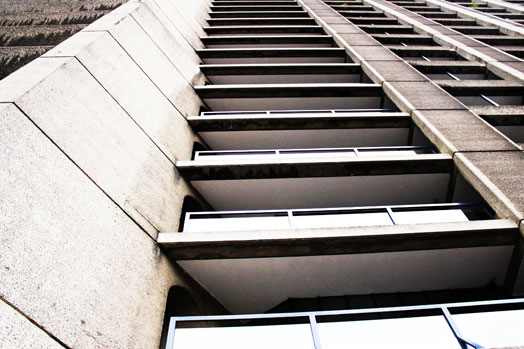 |
| . |
Over to Amit:
To hope for vivid backgrounds for
buildings to enhance appreciation might be seen as wishful thinking, but
photography and writing works with the intent to engage in discourse that
allows for architecture to be seen in a new context, free of the historic
biases we hold against places.
When I say that visiting the Barbican
Estate is nothing short of coming face-to-face with the brutal, I don’t mean
only the grim English weather, but also the architectural style that this
midcentury urban experiment championed so fiercely.
Raised above the vibrant streets of the
city of London, the experience of walking along the desolate windswept podium
harks back to the barbicans of old - akin to being in a fortified outpost high
above the terrain. Except, you are in the middle of one of the busiest cities
on the planet and yet, completely devoid of life and colour.
Cities were low-rise agglomerations,
never more than a few storeys tall until the steel reinforced frame emerged at
the turn of the last century. It spawned an entire genre, with some architects
using it as a pristine cuboidal form; and others as they saw it – as a raw,
rough and plastic material.
The Brutalists combined these virtues,
famous for making buildings almost entirely of only two materials - rough
concrete and smooth polished glass. In the UK, Brutalism caught on as the need
for low-cost functional architecture in the post-war era was compounded by the
need for reconstructive planning. Amongst these, the Barbican Estate was
arguably the most radical, albeit not the most successful reconstructive urban
design of its time. However, the Estate is now Grade II listed and the ambition
of the project is lauded as being visionary in its time. Yet the façade remains
as uninviting as ever, devoid of any color save for the railings and planters.
On a rainy September morning, the buildings seemingly merge into the gloomy
sky, the weather doing its best to match tones with the beton-brut, the glass
somberly reflecting the atmospheric mood.
 |
| . |
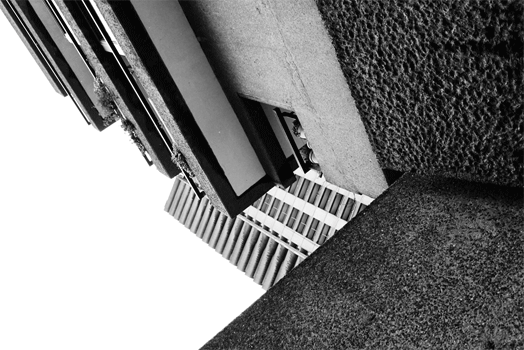 |
| . |
It comes then, as quite a shock, to see
the difference that a little colour can make. Simply replacing the sky with
flat neon tones leads to a dramatic re-perception of form. The skyline acquires
clarity and the planar juxtaposition of the prismatic volumes and textures
holds attention. Even the apparent disconnect between the 3 towers and the
podium level blocks gets understood as a way of ordering movement along the
plaza by creating urban walls. Rather than try and upstage the buildings, the
intent is to provide a shocking contrast to the dramatic silhouette and bring
the architecture itself into focus.

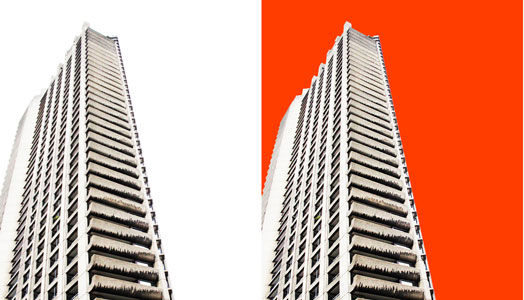


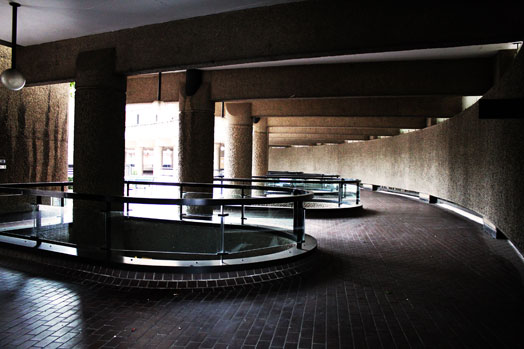
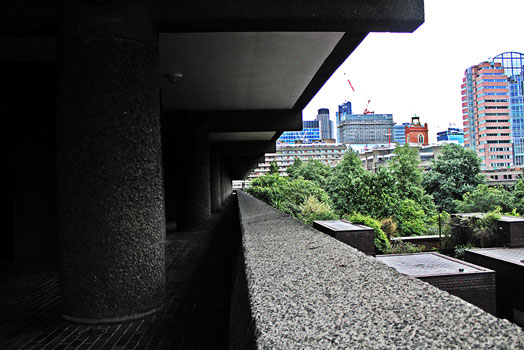
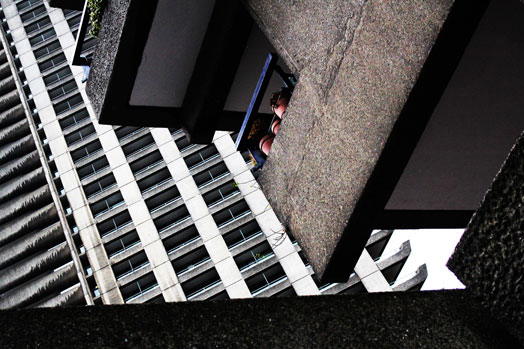
No comments :
Post a Comment